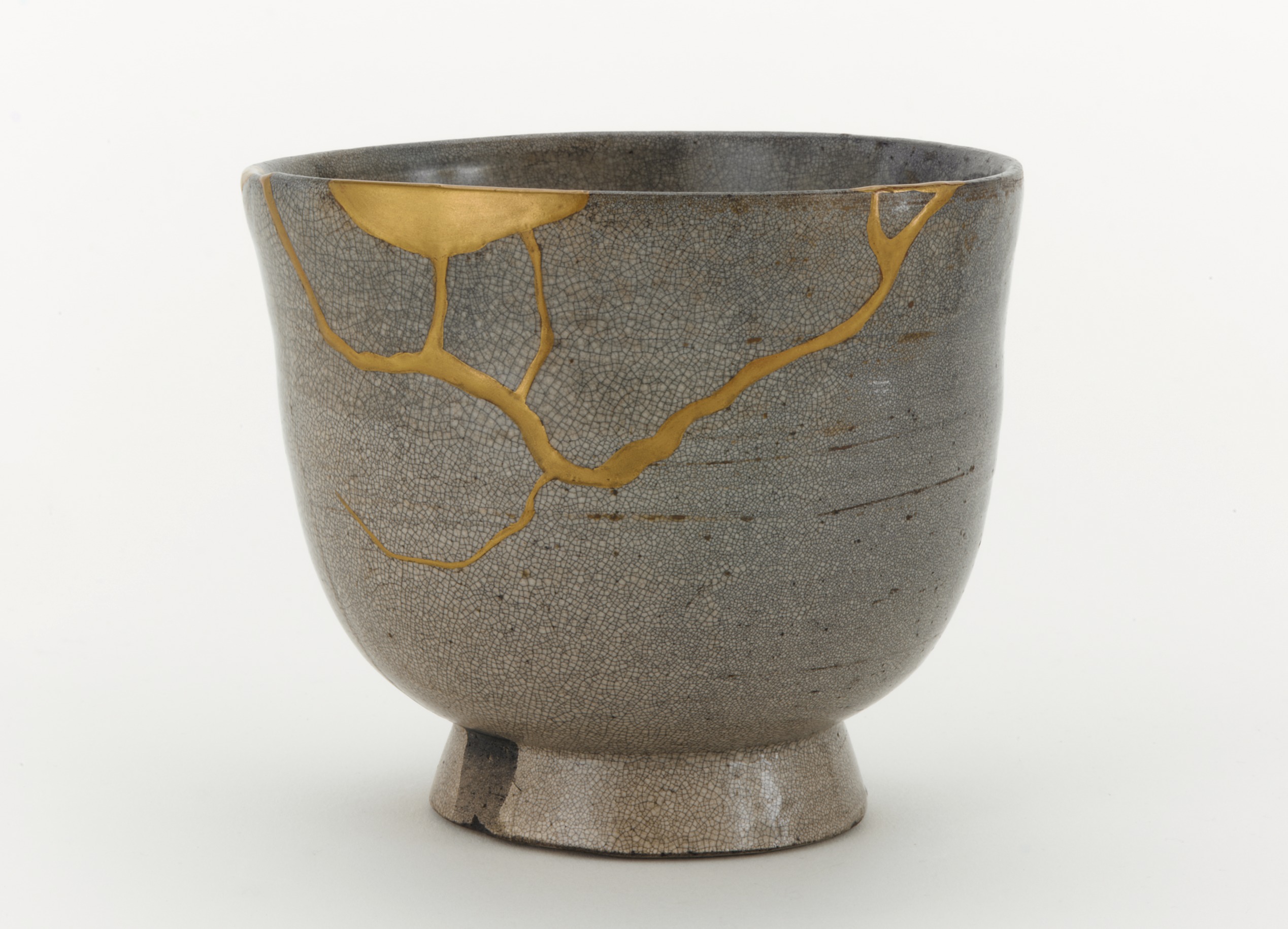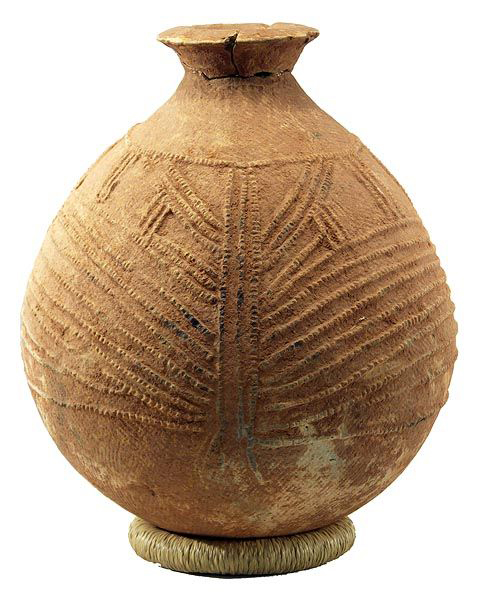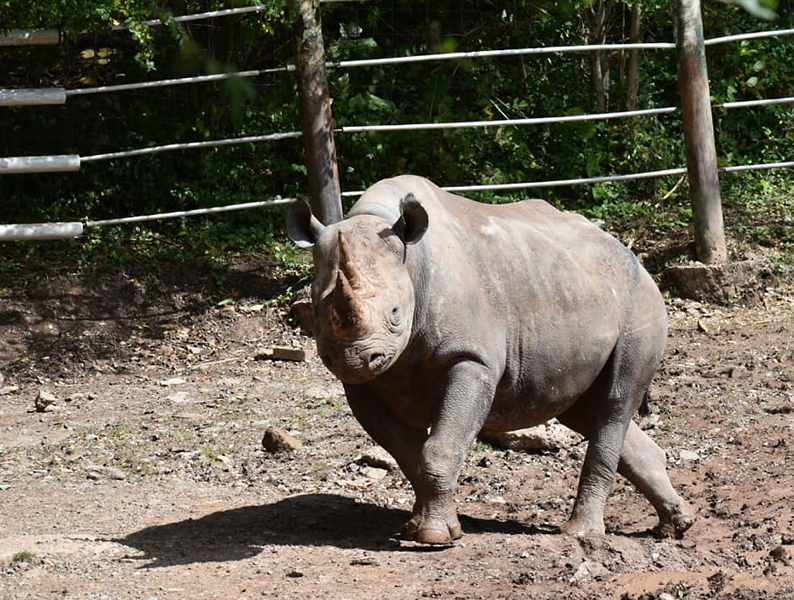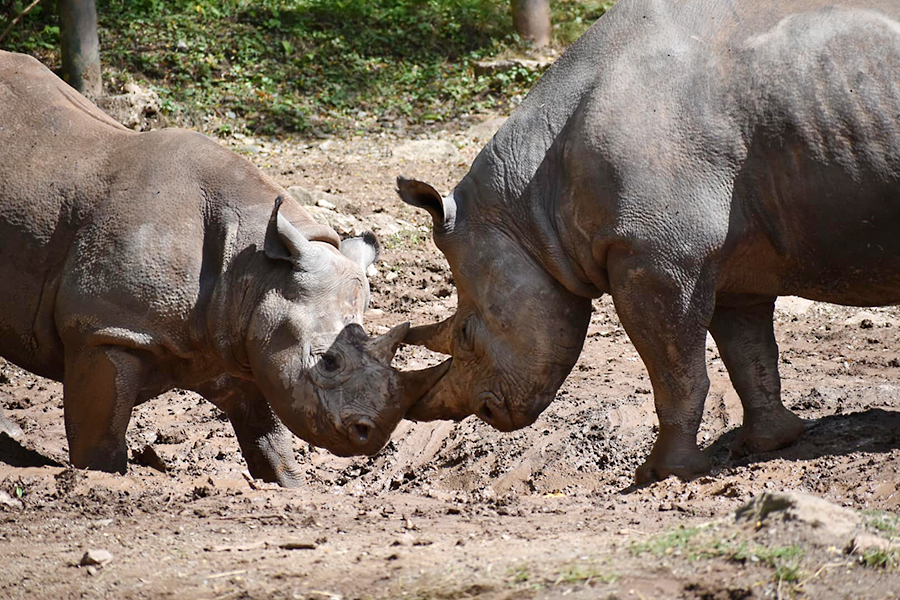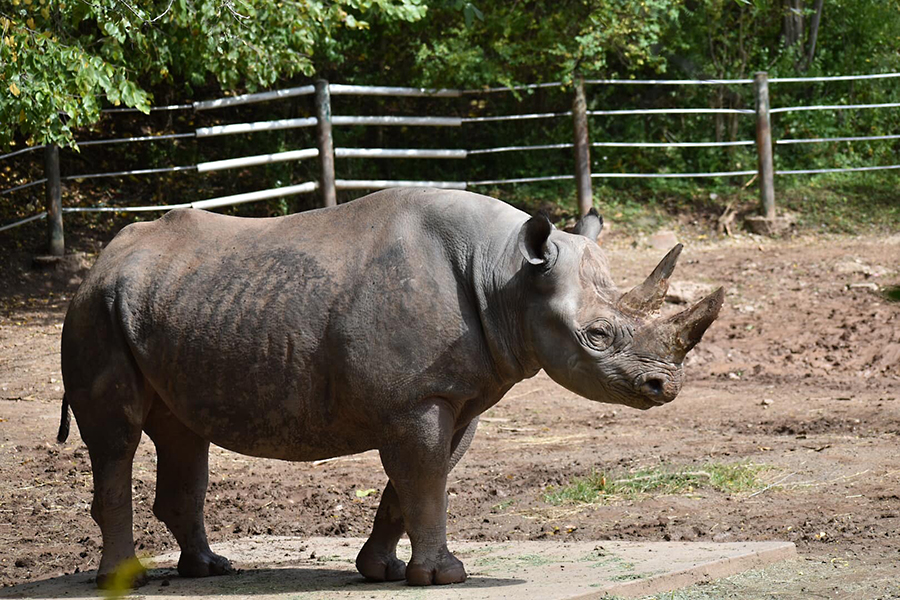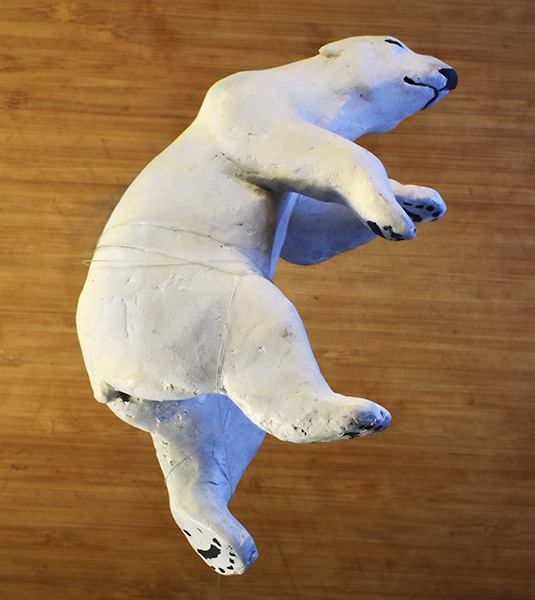Diane Collins Studio Sculpture Assemblages Drawings Instruction
Artist’s Narrative
All I do and all that I am revolves around nature.
Beyond our trees, rivers, soil and air, nature embodies the countless lives that reside within it and the boundless life force in all things that unifies us in our shared fate. Beautiful and expansive as it is, nature’s balance is fragile and now fractured by humanity’s greed and arrogance.
My animal heads and figures juxtapose the broken and unified, matter and the ephemeral. Animals act as a bridge between the physical and non-physical experiences in my life. Their wisdom guides me on my human journey.
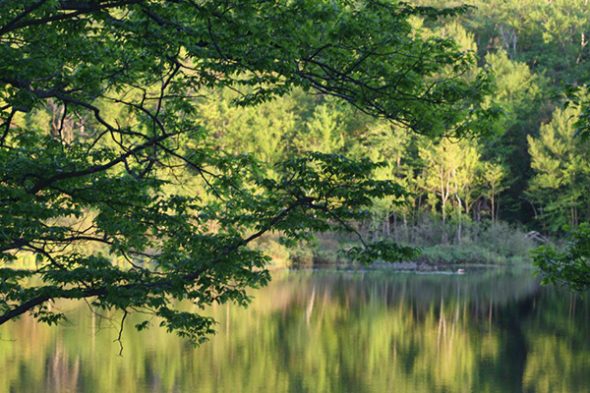
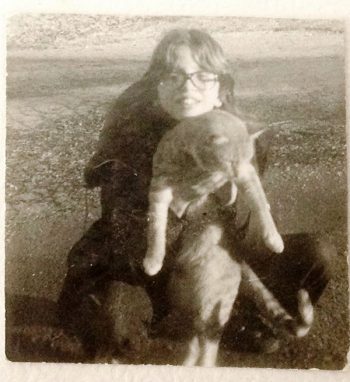
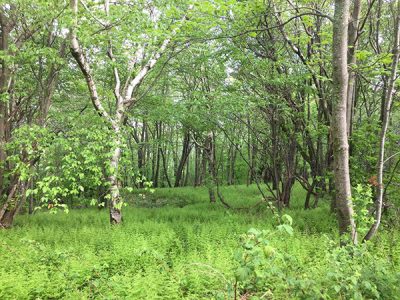
Chaos and violence severed my childhood. During upheavals, I’d escape to the woods where I felt safe. Nature expanded my comprehension for the good that was possible and became my sanctuary. My parents’ sketches of figures drawn into and informed by the cracks and stains on the angled walls of our attic ceiling inspired me. Discovering them at a very early age activated in me the desire to see beyond what was right in front of me. I wanted to draw. I wanted to bring the imaginary to life.
At twelve, after a moment of family upheaval, I raced to the woods convinced of my insignificance and huddled under the trees, wanting to disappear. Suddenly, the human world, its demands and upset dissipated as the natural world embraced me. Gazing upward, I was captivated by light moving through layers of luminous, golden leaves that intermittently revealed a crisp blue sky in sharp contrast. I had the experience of gazing up through sacred, living windows.
In that moment, it was as if the core of who I am cracked open. In, through every crevice, flowed a message that changed my life: “This has always existed and will remain forever. You are a part of it. It is always available to you!” Since that day, the ephemeral has been more real for me than the physical world. The expansive open negative space in my work points toward this experience. That vast, unnamable connection exists in all living things. It ties us together beyond our frail impermanence, and unites us.
Active in art throughout my early education, I won a variety of awards including the opportunity to exhibit in the Brandywine River Museum in high school. Many hours were spent at the University of Penn Museum of Archeology and Anthropology, examining ancient artifacts with frequent visits to African effigies, broken vessels, shrines and reliquary. Kintsugi, the Japanese art of repairing broken pottery with gold leaf, also captivated me. I was entranced by illuminated fissures that called attention to the beauty of an object’s fractured history. Thirty years later, this process became integral to my work.
After five years working independently as a graphic designer and illustrator as a young adult, I returned to school to study at the Pennsylvania Academy of Fine Arts to refine my painting skills. During a three year break from study, I became a lead designer for an ad firm where I focused on the National Parks and learned about the unnatural choices humans make to create and sustain some of the parks. After my promotion to assistant art director, I felt I was being pulled further from what was most important to me. In the background I grew increasingly concerned for mankind’s relationship to the natural world and anxious as the best of my creativity was falling to pieces and I grew more divided from the natural world and its rhythm.
I left advertising and devoted myself to my personal art and returned to The Pennsylvania Academy of the Fine Arts in 1992. Their strong classical foundation helped build my confidence as I broadened my tool, material, anatomical and structural knowledge and deepened my versatility. In addition to my practical and classical art education, live study and loads of time reading about, observing and working with animals offered meaty resources to draw from creatively and personally. Again, nature was teaching me to see.
In 1994, I observed a rhino mother and her newborn in a small concrete enclosure. I was especially moved by the mother’s grace and precision as she backed up her massive tank like body, seemingly unaware of her diminutive, meandering offspring. The new mother stepped boldly without a single glance behind her and yet, safely avoided any harm to her toddler.
The next day in the studio, eager to capture what I’d seen, I made several attempts to sculpt a direct-wax rhino head that would eliminate the mold-making process for cast bronze. I bound dense layers of newspaper together, creating tension between regions by securing it all with twine. I welded layers of wax sheets over the form to set up the planes then fleshed out muscle and tissue with wax modeled over the sheets while warm and pliant. The head was finished off by working a flat knife over the surface, producing a layering of approaches that suggested a worn, dense, ancient form. Once constructed, I divided the head into pieces—in an impulsive homage to the imperiled, plated Indian Rhino.
Once transformed to metal, I was struck by the unforgiving large distortions that made the welding reassembly impossible based on the original form. There was no forcing the new form to be what it was not. I had to abandon the earlier notion or allow the material and process to contribute its unique gift. By loosening my grip on the outcome, I fostered a mindful relationship between the material, my intention and my gut response. “Powerful Prey” was born and deconstruction became an important part of the work.
Since my earliest memory, my heart has broken for animals who are subjected to peril when their needs clash with humanity’s demands much like what I experienced at home. The process of constructing my first raw rhino unified the threads of my experience and showed me who I am while speaking to something larger than myself. In that realization, process became pinnacle and my classical representation of the figure receded to the background of my creative expression.
In 1996, “Powerful Prey” won the PA Academy of Fine Art’s Ward Prize in sculpture and The Cresson Memorial Travel Scholarship which offered four months of independent study abroad as well a year’s tuition. I backpacked across Europe overcoming personal fears and exploring new possibilities. Walking through history and being confronted by famous classical and contemporary art from around the globe led to a vision of what was possible. I had the skills, the point of focus and could now trust my instincts to be a voice for nature.
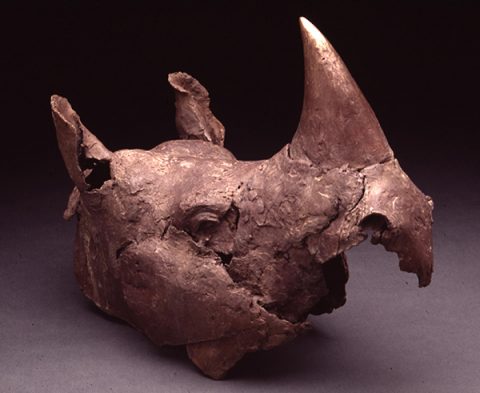
“Powerful Prey” by Diane Collins
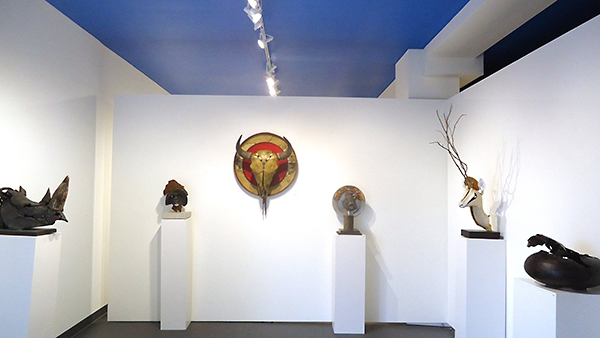
1995-2005 was a decade of exhibitions focused on iconic bronze animal heads and figures. Through the use of hollow animal archetypes with fractures and breaks in clay slab or wax sheets, I seduce the viewer into and through material reality, exposing the intangible strength that informs the shell of flesh and bone. The rugged surface and pronounced edges of the exterior of my subjects point to the delicate line between the frailty of their impermanence and the inner ephemeral force that propels them. It is through that same ether that I reach into the minds of wild and domestic animals to guide and calm them if needed. I learned in my twenties that a grandfather I didn’t know also communicated with animals in this wordless, powerful way.
In my 20s, I learned of our distant Native American ties which made sense given my affinity for nature. A decade later a series of events brought me to a 7th generation Navajo teacher just in time to help me find a way through a difficult divorce. During my 2-week vision quest, I learned the value of nature based, sacred ritual. My intuitive bond with animals expanded as I returned east to a new studio and leapt into assemblage combining found materials that pointed to nature as sacred. I collected animal bones, bark and manmade materials. The practice overtook me as I focused on assemblage from 2004-14. The construction and presence of those pieces aided in my healing process and still influence my work. Three were included in the large traveling exhibition I was invited to contribute to, “Art, Alibi and the Anonymous We” that closed at the Rosenfeld Gallery in 2014.

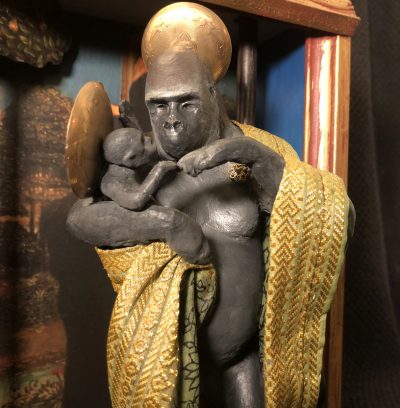
In recent years, I have married my figurative and assemblage approaches together. Repurposed objects introduce a narrative to my figures that elevate and honor the struggle all life endures at mankind’s heavy hand. Gold leafed gears, manmade halos, thorns, bones, and other materials are incorporated into the work suggesting icon, effigy, reliquary, totem and shrine; The maquette “Primal Madonna” was created for the “Let’s Connect” competition and exhibited at The Barnes Foundation in June, 2018. My work was selected in the “Top 20” where I contributed feedback in a series of panel discussions with the public at The Barnes.
Currently, I’m building toward a 2023 solo traveling exhibition entitled “Mystics, Martyrs, Prophets and Saints”, incorporating religious rite to underscore wild nature’s sacrifice. The work is dedicated to endangered animals and intended for conservancies, nonprofits that defend nature and museums. A life-sized polar bear will be the keystone to climate change accompanied by a variety of full scale, clay “trophied” heads of elephant, rhino, orangutan and others. A percentage of my profits will go to organizations that can do what I cannot.
My figures embody what I find on the wordless bridge between the human experience and the vibrant life that moves outside our harsh, mechanized world. Sacred nature is the foundation upon which we all rely. Recognizing where our culture and the natural world are joined is essential for change to occur. My art is devoted to calling attention to the simple beauty, boundless inspiration and immeasurable value of the lives that coexist with humanity. The fractured animals I bring to life speak to the frailty and ephemeral quality of their lives. I seek to remind us all that nature preceded and leads us. We cannot allow greed, oversight and narcissism to destroy what remains.


